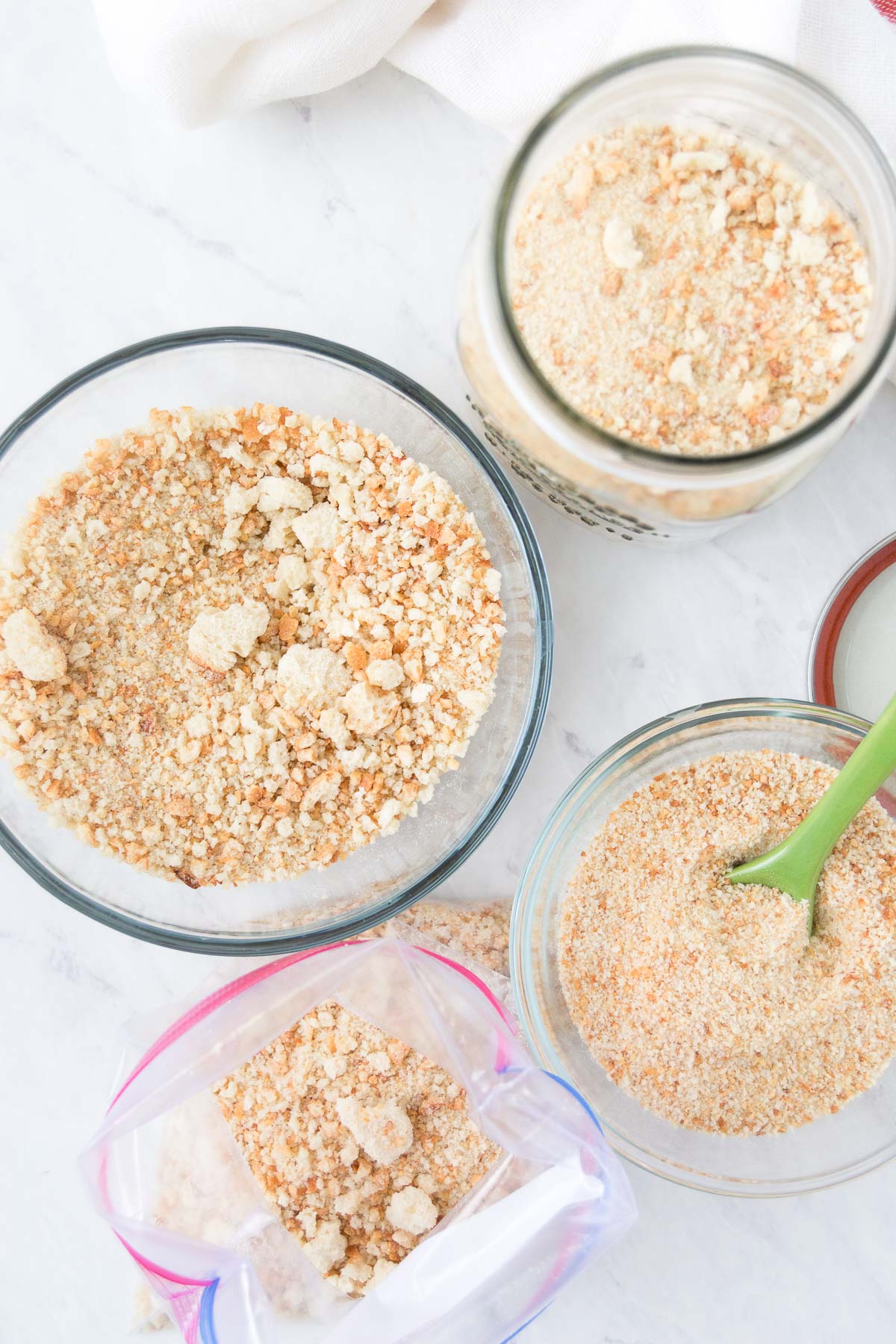

Articles
How To Store Fresh Breadcrumbs
Modified: January 6, 2024
Learn the best methods to store fresh breadcrumbs. Read our informative articles for step-by-step instructions and expert tips.
(Many of the links in this article redirect to a specific reviewed product. Your purchase of these products through affiliate links helps to generate commission for Storables.com, at no extra cost. Learn more)
Introduction
Welcome to the world of breadcrumbs! Breadcrumbs are a versatile ingredient used in various recipes, including as a crispy coating for fried dishes, as a filler in meatballs, or as a topping for casseroles. While it’s always best to make fresh breadcrumbs for optimal flavor and texture, there are times when you may have leftovers or want to prepare them in advance. In these situations, knowing how to store fresh breadcrumbs properly is essential to maintain their quality and extend their shelf life.
In this article, we will explore the importance of storing fresh breadcrumbs and guide you through the process of choosing the right storage container, preparing breadcrumbs for storage, and the various methods of storing them in the refrigerator and freezer. We’ll also provide you with useful tips to help you maintain the freshness and quality of your breadcrumbs. So, let’s dive in and discover the secrets to storing fresh breadcrumbs!
Key Takeaways:
- Store fresh breadcrumbs in airtight containers to maintain flavor and texture, reducing waste and ensuring convenience for future use in various recipes.
- Freezing fresh breadcrumbs extends their shelf life, allowing for longer-term storage while preserving their quality and flavor. Proper packaging and labeling are key for optimal results.
Read more: How To Store Panko Breadcrumbs
Why Store Fresh Breadcrumbs?
You may be wondering why there’s a need to store fresh breadcrumbs when you can easily make them on demand. While making fresh breadcrumbs is indeed preferable, there are several reasons why you might want to store them:
Convenience:
Storing fresh breadcrumbs allows you to have them readily available whenever you need them. It saves time, especially when you’re in the middle of a cooking session and don’t have the luxury to make breadcrumbs from scratch. Having a stash of pre-made breadcrumbs in your pantry or freezer ensures that you can whip up your favorite recipes without any hassle.
Preventing Waste:
Storing fresh breadcrumbs also helps minimize food waste. Instead of discarding stale or leftover bread, you can transform it into breadcrumbs and store them for later use. This way, you’re making the most of your ingredients and reducing food waste in your kitchen.
Longevity:
Fresh breadcrumbs have a limited shelf life due to their high moisture content. Storing them properly increases their longevity and keeps them fresh for an extended period. Whether you plan to use them within a few days or several weeks later, proper storage techniques ensure that your breadcrumbs remain flavorful and crispy.
Read more: How To Make Breadcrumbs With Toaster
Recipe Convenience:
Many recipes call for specific quantities of breadcrumbs, and having a batch of stored crumbs at hand lets you easily measure the required amount without the need for measuring and grinding bread each time. Whether it’s a pinch for a little crunch on top of a casserole or a cupful for coating chicken cutlets, having stored breadcrumbs makes recipe preparation a breeze.
Now that we understand the importance of storing fresh breadcrumbs, let’s explore the different methods of storage and how to choose the right container to preserve their quality.
Choosing the Right Storage Container
When it comes to storing fresh breadcrumbs, choosing the right storage container is crucial to maintain their quality and prevent moisture or air from damaging them. Here are some guidelines to help you select the perfect storage container:
Airtight Container:
The ideal storage container for fresh breadcrumbs is one that is airtight. This prevents air from reaching the crumbs and causing them to become stale or lose their crispness. Make sure the container has a tight-fitting lid or seal to keep air out. Airtight containers can be made of plastic, glass, or metal, as long as they create a seal and are suitable for food storage.
Size and Shape:
Choose a container that corresponds to the quantity of breadcrumbs you plan to store. It should be large enough to accommodate the crumbs without allowing much empty space, which can increase the chances of moisture accumulation. A rectangular or square-shaped container is often more space-efficient and easier to stack in the refrigerator or freezer.
Read more: How To Store Fresh Bread To Keep It Fresh
Opaque or Light-Blocking:
Breadcrumbs are sensitive to light, which can cause them to become stale or develop off-flavors. Opt for an opaque or light-blocking container to shield the breadcrumbs from exposure to light. This can help preserve their freshness and prevent any unwanted changes in flavor or texture.
Easily Cleanable:
Make sure the storage container is easy to clean and maintain. Breadcrumbs can leave oily or crumbly residue, so a container that is dishwasher-safe or can be hand-washed easily is preferable. This allows you to keep the container hygienic and ready for storing future batches of fresh breadcrumbs.
By selecting the right storage container, you can ensure that your fresh breadcrumbs remain in optimal condition and ready to use whenever you need them. In the next section, we’ll explore how to prepare breadcrumbs for storage to ensure their longevity.
Preparing Breadcrumbs for Storage
Before you store fresh breadcrumbs, it’s important to take a few steps to ensure their quality and longevity. Here are some tips for preparing breadcrumbs for storage:
Drying the Bread:
If you’re using fresh bread to make breadcrumbs, it’s important to dry it out first. Stale bread is ideal for making breadcrumbs as it has lower moisture content, which helps prevent the breadcrumbs from becoming soggy during storage. To dry the bread, you can leave it out in a well-ventilated area for a day or two until it becomes slightly stale. Alternatively, you can place the bread slices in a low oven (around 250°F/120°C) for 10-15 minutes until they are dry but not toasted.
Read more: How To Store Fresh Lettuce
Grinding or Shredding:
Once the bread slices are dry, it’s time to turn them into breadcrumbs. You can use a food processor, blender, or a grater to achieve your desired texture. If you prefer fine breadcrumbs, pulse the dried bread slices in a food processor until they reach the desired consistency. For coarser breadcrumbs, use a grater or chop the bread into small pieces. Remember to work in batches if needed and avoid over-processing, as this can lead to uneven texture.
Seasoning (Optional):
If you want to add additional flavor to your breadcrumbs, this is the time to do it. You can mix in various herbs, spices, or grated cheese to enhance the taste. Be sure to evenly distribute the seasonings throughout the breadcrumbs for a well-balanced flavor. It’s best to choose seasonings that won’t lose their potency during storage, as some delicate herbs may lose their aroma over time.
Cooling and Sifting:
After processing the bread into breadcrumbs, allow them to cool completely before transferring them to the storage container. This helps prevent condensation and moisture build-up inside the container. Once cooled, you can sift the breadcrumbs to remove any larger chunks or uneven textures, ensuring a consistent consistency.
By following these steps, you can prepare your breadcrumbs for storage and ensure that they retain their quality and flavor throughout their shelf life. In the next sections, we’ll explore the methods of storing fresh breadcrumbs in the refrigerator and freezer.
Storing Fresh Breadcrumbs in the Refrigerator
If you plan to use your fresh breadcrumbs within a shorter timeframe, storing them in the refrigerator is a good option. Here’s how to do it:
Read more: How To Store Fresh Oregano
1. Transfer to an Airtight Container:
Once your breadcrumbs are prepared and cooled, transfer them to an airtight container. Ensure that the container is clean and dry before adding the breadcrumbs. Spoon or pour the breadcrumbs into the container, filling it up to about three-quarters full to leave some room for expansion.
2. Seal the Container:
Secure the lid tightly to make the container airtight. Double-check that the seal is intact to prevent any air from entering and affecting the quality of the breadcrumbs.
3. Label and Date:
It’s always a good idea to label the container with the contents and the date of storage. This helps you keep track of the freshness of the breadcrumbs and ensures you use them within a reasonable timeframe.
4. Store in the Refrigerator:
Place the container of breadcrumbs in the refrigerator, preferably on a shelf away from strong-smelling foods. The cool temperature of the refrigerator helps slow down the staling process and keeps the breadcrumbs fresh. Avoid placing the container near the door, as temperature fluctuations can affect the quality of the breadcrumbs.
Read more: How To Store Fresh Pasta
5. Use Within a Week:
Fresh breadcrumbs stored in the refrigerator will typically stay fresh for up to a week. It’s best to use them within this timeframe to ensure optimal flavor and texture. If you notice any signs of moisture or mold, it’s best to discard them to avoid any potential food safety issues.
Storing fresh breadcrumbs in the refrigerator allows you to have them on hand for immediate use and minimizes the risk of staling. However, if you want to store breadcrumbs for longer durations, the freezer is the way to go, as we’ll explore in the next section.
Storing Fresh Breadcrumbs in the Freezer
If you want to store fresh breadcrumbs for a longer period, the freezer is the best option. Freezing preserves the freshness and quality of the breadcrumbs, allowing you to have them on hand whenever needed. Here’s how to properly store fresh breadcrumbs in the freezer:
1. Package for Freezing:
Once your breadcrumbs are prepared and cooled, divide them into portions that you are likely to use in a single recipe or a single serving. This ensures that you can easily thaw and use the required amount without worrying about refreezing the leftovers. You can use smaller airtight containers, resealable freezer bags, or even wrap portions tightly in plastic wrap.
2. Remove Air and Seal:
Press out any excess air from the containers or bags to minimize the risk of freezer burn. Make sure they are sealed tightly to create an airtight environment, preventing moisture from entering and affecting the quality of the breadcrumbs.
3. Label and Date:
It’s crucial to label each package with the contents and the date of freezing. This allows you to keep track of the storage duration and ensure that you use the breadcrumbs within a reasonable timeframe to maintain their freshness.
4. Freeze Flat:
For easier storage and to save space in the freezer, lay the packaged breadcrumbs flat in a single layer. This allows them to freeze quickly and uniformly. Once frozen, you can stack the packages on top of each other to maximize space efficiency.
5. Store in the Freezer:
Place the packaged breadcrumbs in the freezer, preferably on a flat surface or a designated freezer compartment. Avoid placing them in areas with high temperature fluctuations, such as near the freezer door.
6. Use Within Three Months:
Fresh breadcrumbs stored in the freezer can retain their quality for up to three months. However, to ensure the best flavor and texture, it’s recommended to use them as soon as possible. If kept longer, they may start to lose their crispness or develop freezer burn.
By following these steps, you can store fresh breadcrumbs in the freezer and have a convenient supply on hand for extended periods. Just remember to keep track of the storage duration and use them within a reasonable timeframe for the best results.
Read more: How To Store Fresh Lavender
Tips for Maintaining Freshness
To ensure that your stored breadcrumbs remain fresh and flavorful, here are some helpful tips to keep in mind:
Keep Moisture Out:
Moisture can quickly ruin the texture and crispness of breadcrumbs. Make sure the containers or bags you use for storing are tightly sealed to prevent any moisture from seeping in. Additionally, avoid placing the storage container in areas of high humidity, such as near the stove or sink.
Avoid Exposure to Air:
Exposure to air can also lead to staleness. Always seal your breadcrumbs in airtight containers or bags to prevent airflow. This helps maintain their texture and prevents them from absorbing any odors or flavors from the surrounding environment.
Label and Date:
Labeling your containers with the contents and storage date is crucial for maintaining freshness. It helps you keep track of how long the breadcrumbs have been stored and enables you to use them within a reasonable timeframe.
Read more: How To Store Fresh Guacamole
Use Proper Thawing Techniques:
If you’re using frozen breadcrumbs, it’s essential to thaw them properly to maintain their texture. Instead of leaving them at room temperature, it is recommended to transfer the desired amount to the refrigerator and allow them to thaw slowly overnight. Thawed breadcrumbs can then be used as fresh breadcrumbs in your recipes.
Re-Crisping Stale Breadcrumbs:
If your stored breadcrumbs have lost their crispness over time, you can easily re-crisp them. Spread them out on a baking sheet and toast them in a preheated oven at a low temperature (around 300°F/150°C) for a few minutes. Keep a close eye on them to prevent burning, as they can quickly go from crispy to burnt.
Keep an Eye on Freshness:
Regularly check the stored breadcrumbs for any signs of spoilage, such as mold or off-flavors. If you notice any abnormalities, discard the breadcrumbs immediately to avoid any potential food safety issues.
By following these tips, you can maintain the freshness and quality of your stored breadcrumbs, ensuring that they enhance your recipes with their delicious crunch. Now that you’re armed with these preservation techniques, you can confidently store fresh breadcrumbs and enjoy their convenience whenever you need them!
Conclusion
In conclusion, knowing how to store fresh breadcrumbs properly is essential for maintaining their quality, flavor, and texture. Whether you’re storing them in the refrigerator for short-term use or in the freezer for longer durations, following the right methods will ensure that your breadcrumbs remain fresh and ready to enhance your favorite recipes.
Choosing the right storage container, such as an airtight and light-blocking option, is crucial to keeping breadcrumbs from becoming stale or absorbing unwanted flavors. Preparing the breadcrumbs by drying the bread, grinding or shredding, and optionally seasoning them, ensures that they are ready for storage and future use.
In the refrigerator, airtight containers are essential to prevent moisture buildup and maintain the freshness of the breadcrumbs for up to a week. For longer-term storage, the freezer is the best option. Dividing the breadcrumbs into portion-sized packages, removing excess air, and freezing them flat will extend their shelf life for up to three months.
To maintain freshness, it’s important to keep moisture out and prevent exposure to air. Proper labeling and dating of the packages will help you keep track of storage times and ensure you use the breadcrumbs within a reasonable timeframe. Additionally, following proper thawing techniques and re-crisping stale breadcrumbs when needed will help maintain their quality.
By implementing these tips, you can store fresh breadcrumbs with confidence, reducing waste, and having them readily available whenever you need them. So, whether you’re coating chicken cutlets, topping a casserole, or adding a delicious crunch to your favorite dishes, having a stash of stored breadcrumbs will make your cooking experience more efficient and enjoyable.
So go ahead, prepare and store your breadcrumbs using the methods outlined in this article, and experience the convenience and joy of having fresh breadcrumbs at your fingertips!
Frequently Asked Questions about How To Store Fresh Breadcrumbs
Was this page helpful?
At Storables.com, we guarantee accurate and reliable information. Our content, validated by Expert Board Contributors, is crafted following stringent Editorial Policies. We're committed to providing you with well-researched, expert-backed insights for all your informational needs.
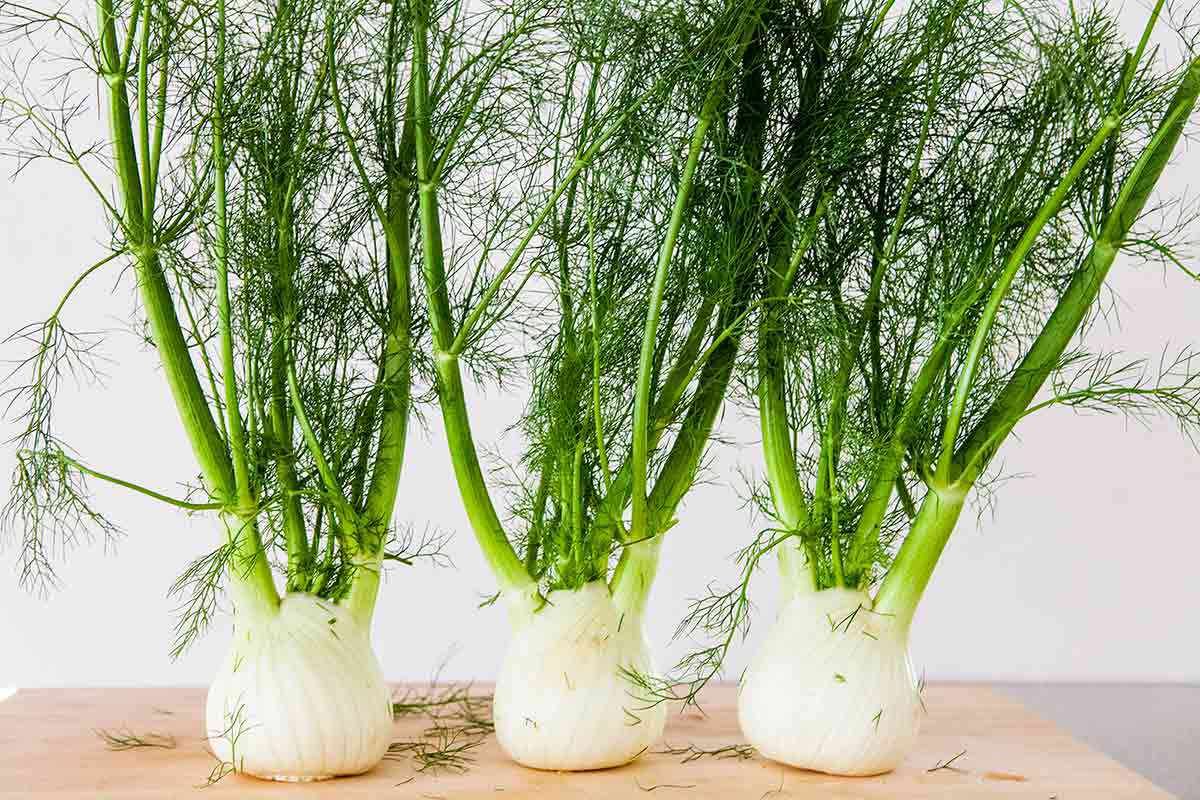
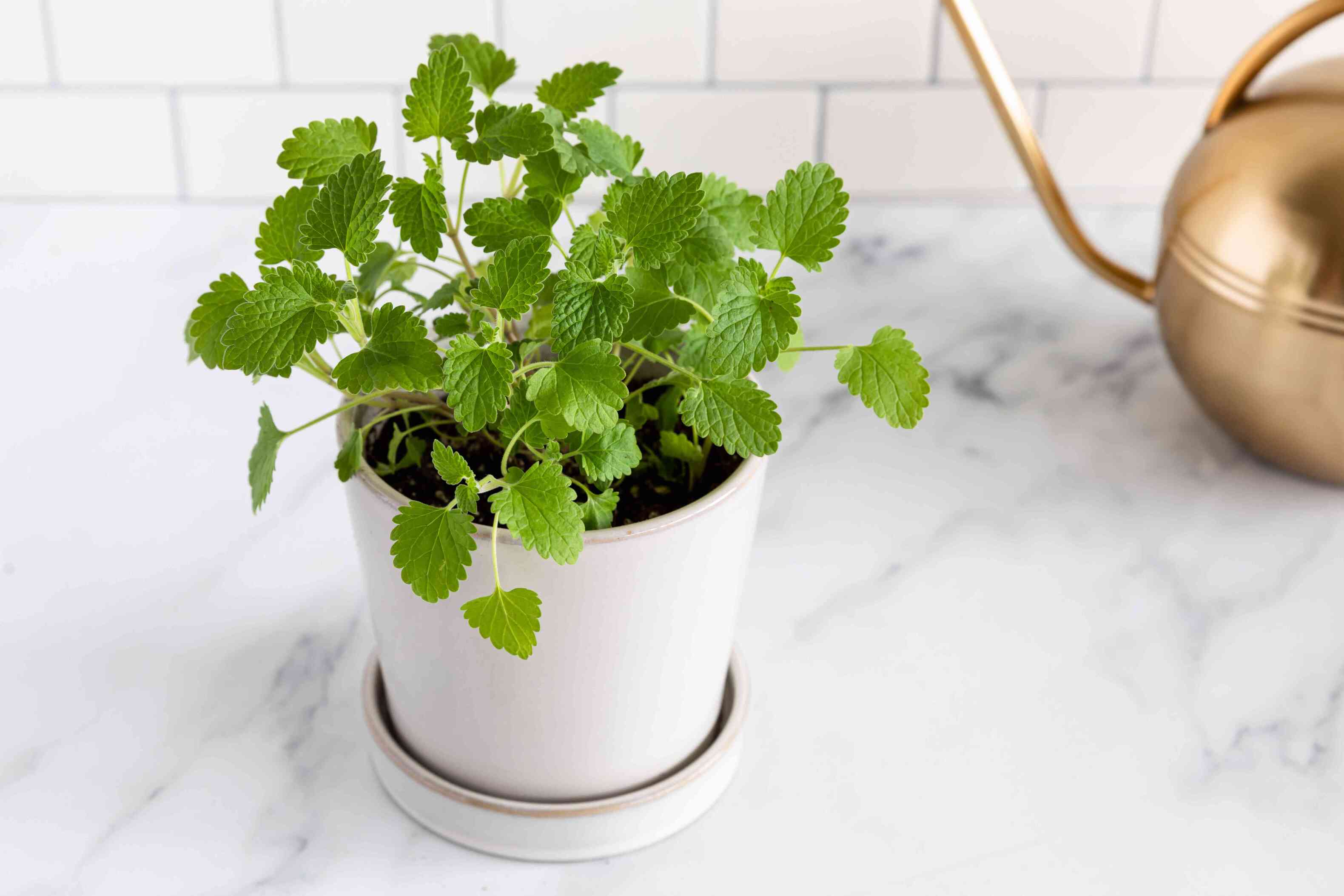

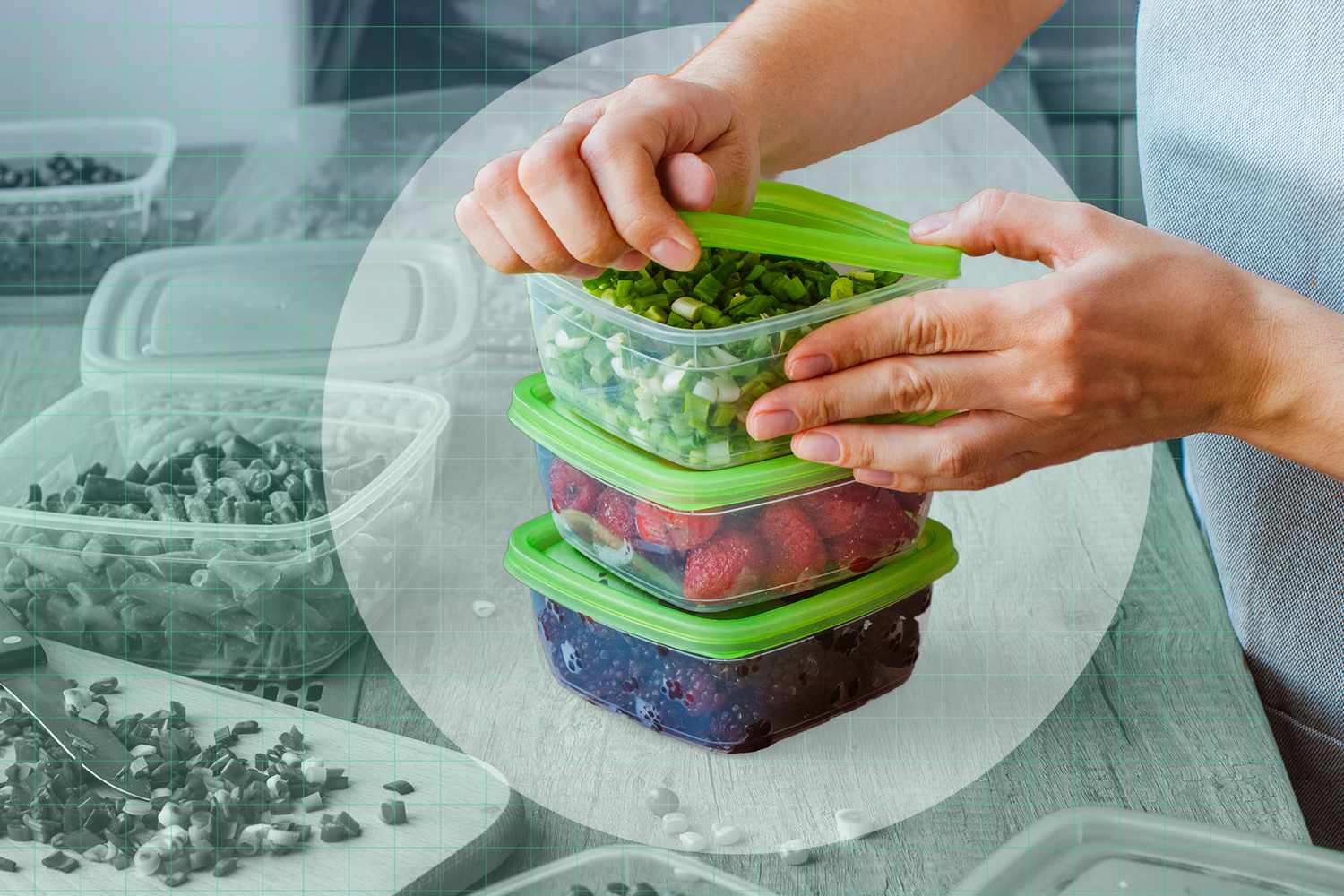
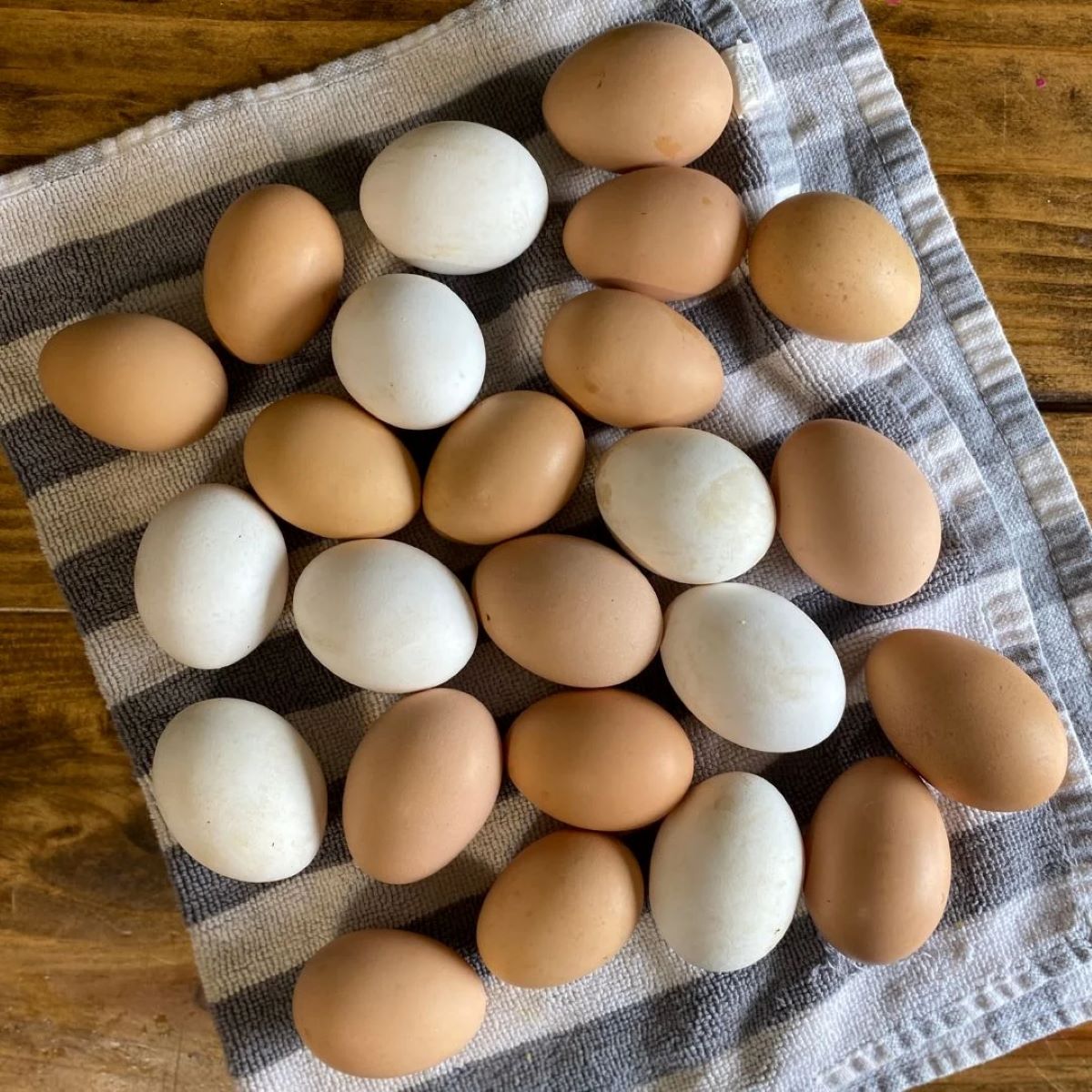
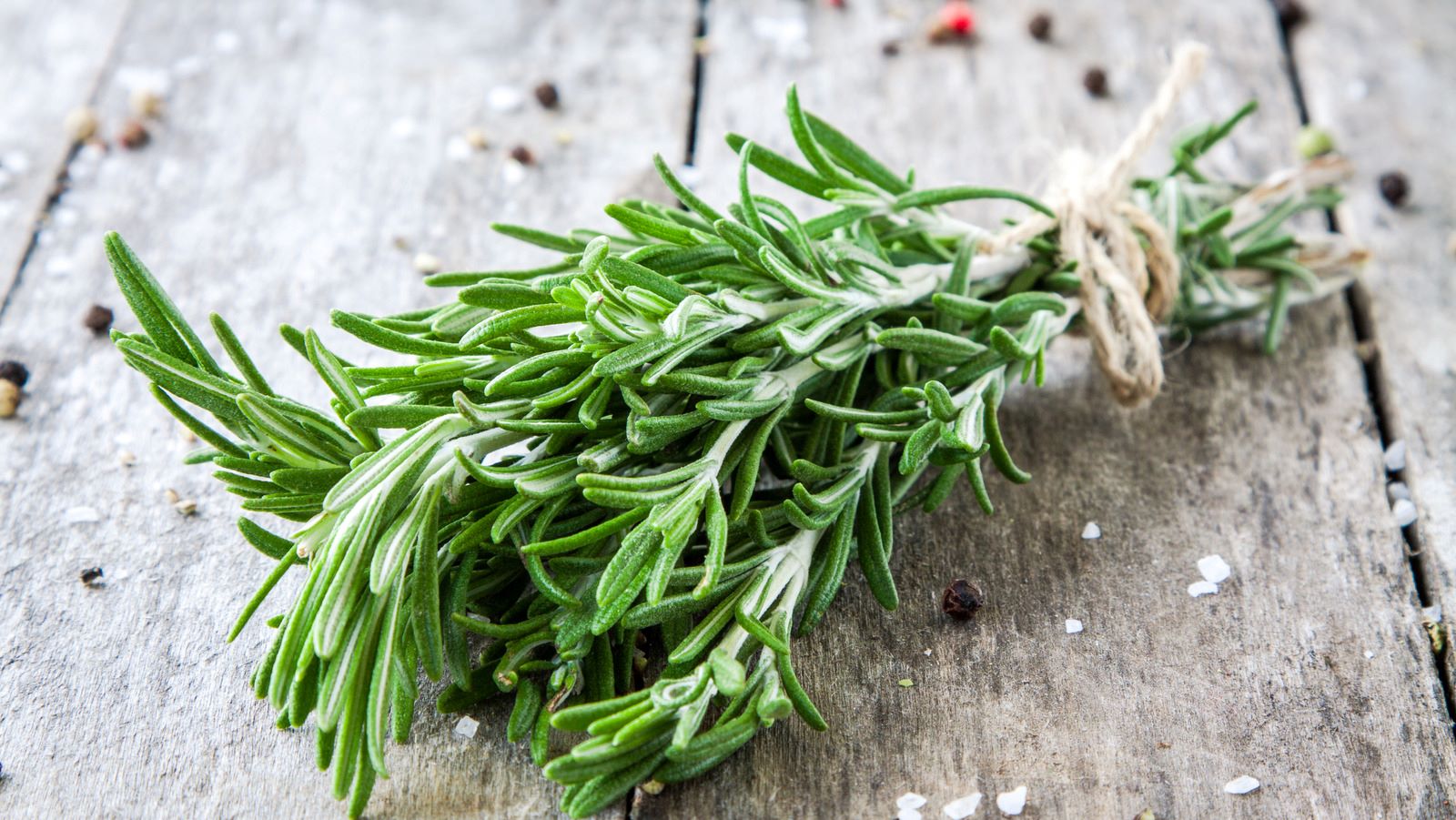
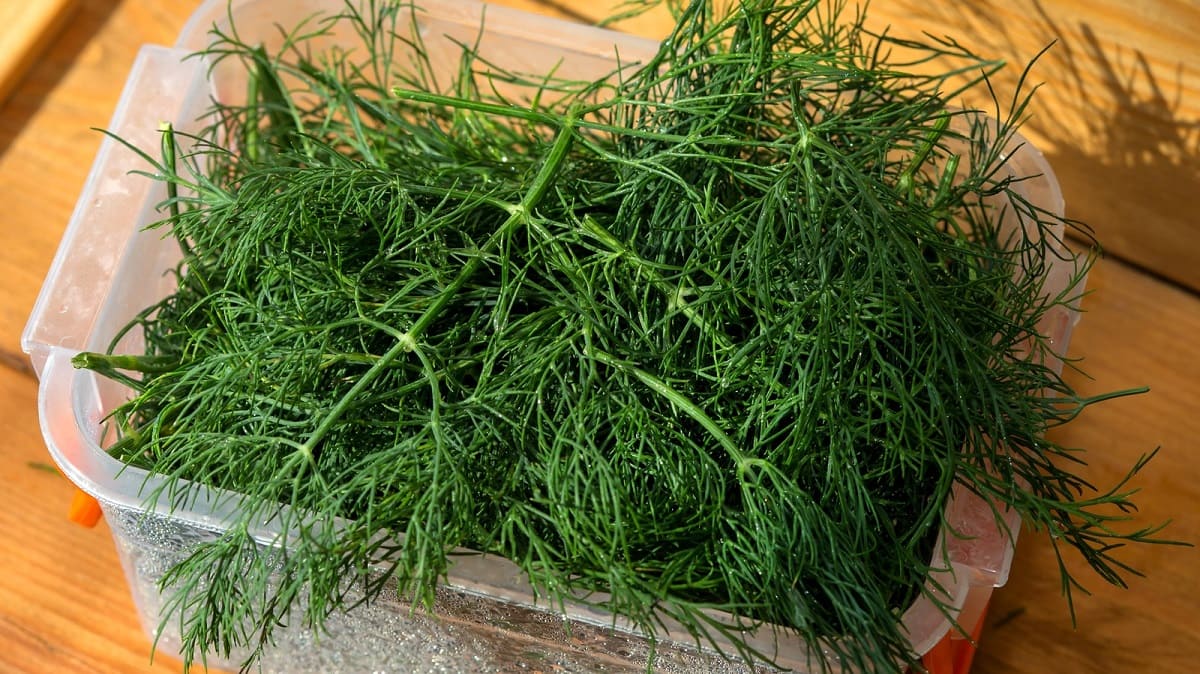

0 thoughts on “How To Store Fresh Breadcrumbs”